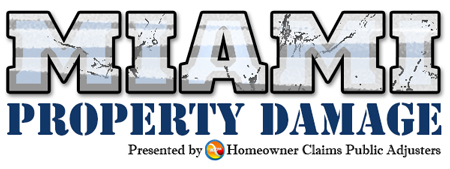<-Back
Coinsurance Clause
Most Property Insurance policy has Co-Insurance Clause. Co-insurance is a two party agreement. It is a requirement that makes the insured/Policyholder purchase insurance equal to an agreed percentage of their property value, or to participate in a loss if the required amount of insurance is not in force at the time of the loss.
The insurance company’s part of the agreement is to provide coverage at a reduced rate and, in the event of a loss, cover the loss up to the amount of the policy contract.
The insured’s part of the agreement is to maintain the amount of insurance at all times equal to the chosen coinsurance percentage, which is normally 80%, 90% or 100% of property value.
Coinsurance can best be explained using the following example: A merchant declares the value of the property to be $100,000 and agrees to insure 80% of the value or $80,000. A loss occurs for $50,000. When the insurance company appraises the property after the loss, it is discovered that the actual value of the property should have been reported at $200,000.Therefore the insured should have carried 80% of the $200,000 or $160,000.
The formula used by the insurance company to determine the amount of claim payment is the amount of insurance carried, divided by the amount insurance required, multiplied by the amount of the loss. In this case, it would be $80,000 (amount of insurance carried), divided by the $160,000 (amount of insurance that should have been carried), which equals 50%. This percentage is multiplied times the amount of loss of $50,000, which equals a claim settlement of $25,000.
Caution: The insurer may apply the building co-insurance on a replacement cost amount different from the replacement cost insured limits. If so, what method did the insurer utilize the replacement cost amount and to who’s benefit. Many times as you can see the above illustration the claim payment amounts depends on the Co-insurance applied. Depending on whose numbers is used, it can be a detrimental outcome in the insured’s settlement amount. This significant difference can be avoided by hiring the professional services of HomeOwner Claims Public Adjusters. In addition, commercial losses are paid on the actual cash value of the claim amount until the property is completely restore, so any co-insurance calculation should be figured in actual cash values of the building which can make a big difference in the claim payment and if a dispute arises about a co-insurance penalty it can be argued.
